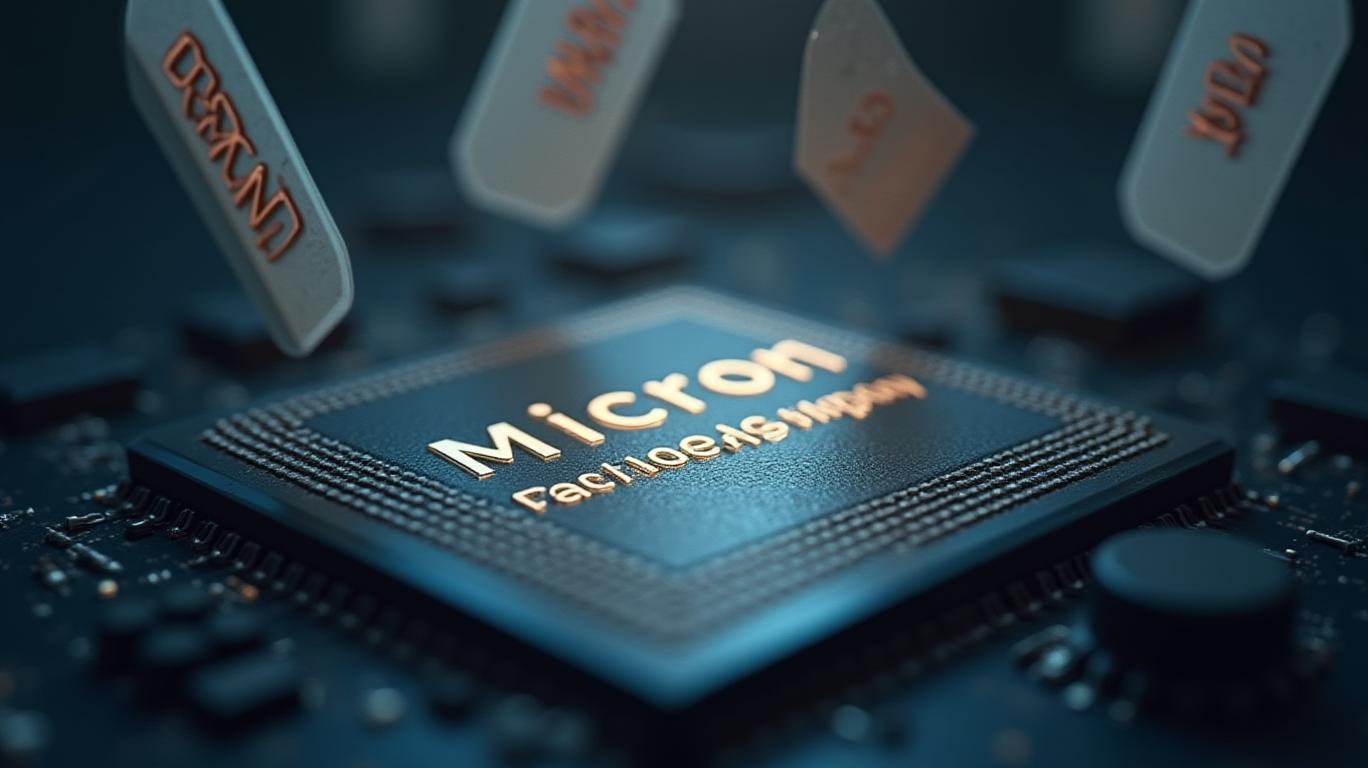Why Micron (MU) Stock Is Nosediving
Thursday, Jan 23, 2025 3:17 pm ET

Micron Technology (MU) stock has been on a downward spiral, dropping 16% recently to around $88, its lowest level since September. The stock is one of the top decliners in the S&P 500, and investors are wondering what's behind the sudden sell-off. Let's dive into the reasons and assess the potential impact on the company's future prospects.
MU Market Cap, Closing Price...
| Name |
|---|
| Date |
| Market Cap |
| Closing Price(USD) |
| Trading Volume(Shares) |
| Micron TechnologyMU |
| 20250123 |
| 116.63B |
| 104.42 |
| 17.42M |
1. Weakness in consumer-oriented markets: Micron warned about softness in consumer-oriented markets, such as PCs and smartphones, which are significant customers for their memory products. This weakness is putting downward pressure on memory pricing, particularly for NAND flash-memory semiconductors. Bank of America Securities analysts noted that the weakness in PC and phone markets is putting downward pressure on memory pricing, especially for NAND flash-memory semiconductor (Source: Article 1).
2. Slowing demand in auto and industrial sectors: Micron also pointed to slowing demand for their products in the auto and industrial sectors, which further contributes to the decline in their stock price (Micron, 2025-01-24).
3. Analyst downgrades and lowered price targets: Several analysts, including Bank of America Securities and Citi, downgraded Micron's stock rating or lowered their price targets due to concerns about near-term demand issues and downward pressure on memory pricing (BofA Securities, Citi, 2025-01-24).
4. Missed revenue estimates: Micron reported first-quarter fiscal 2025 revenue of $8.71 billion, missing the consensus estimate of $8.72 billion, which also contributed to the stock price decline (Micron, 2025-01-24).

Despite these challenges, Micron's fundamentals remain strong, with a current ratio of 2.64 and manageable debt levels. The company also has a robust revenue growth rate of 61.6% over the past twelve months (Source: Article 3). Additionally, Micron is well-positioned to capitalize on technological advancements in AI, 5G, autonomous vehicles, and data centers. The company anticipates the total addressable market (TAM) for High Bandwidth Memory (HBM) to expand fourfold by 2028, from $16 billion in 2024 to over $100 billion by 2030 (Source: Article 1).
HBM, MU Market Cap QoQ
In conclusion, Micron's stock price decline is primarily driven by near-term demand issues in consumer-oriented markets and analyst downgrades. However, the company's fundamentals and long-term growth prospects remain strong, supported by its exposure to high-growth markets and its competitive position in the memory chip industry. Investors should closely monitor Micron's progress and consider the potential impact of the company's aggressive stock buyback program on its share price.










